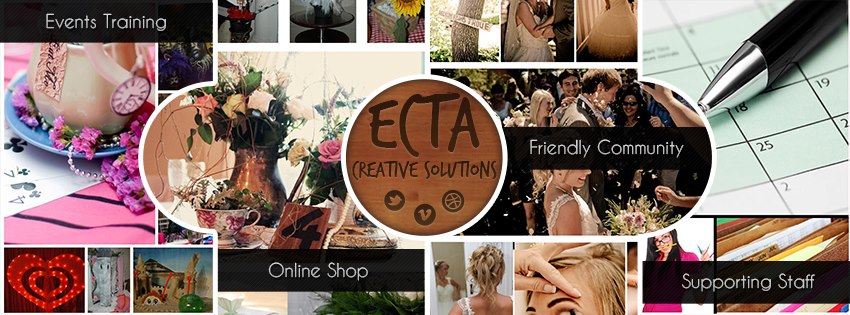2012 is the year of GREAT opportunities for those who dare to believe.
What is it that you believe for this year? More business, bigger contracts, happiness in your personal life…. The list can go on and on. Each one of us wish and believe that this year is going to be better than the previous year!
If we look around in the word then we see a glooming picture of the word economy. What can you as an events coordinator do to counter act this gloomy picture the world is living by.
By having 100% blind faith, period. But as we all know, faith without action is nothing. Before I go further in answering this question, I’d like to point out that you’d have to be living under a rock or another planet not to be affected by the world’s bad economy. We can say and proclaim that we will not be affected by the global economy …but because we are in the are in the entertaining business, if given the choice of putting a roof over your head or giving a party, shelter and eating will win out every time.
I strongly believe that if you love what you do for a living and you find that there is nothing else you’d
be happy doing, then you are an artist, without a question and you would be able to find a way to do what you love and still make money out of it.
It took me years (and I’m still busy trying to learn these principles) that part of the artistry is your ability to take your passion and turn it into cash. Yes – you can maybe have a good product but now you need to a financial artist and for some one that is creative it is some times the most difficult part! Some one once said to me to stop trying to be everything. If you can not deal with the books – get someone in that would be able to deal with the books. Remember just one thing: At the end of the day it is your business and you need to know what is going on in the finances.
Making money is an art form. I’m giving you a few tips on what I learn can not work in business and what can work in business.
The number one reason why you would not make money is the fact that you don’t know how to quote and how to charge enough for your flowers, work, designs, props etc in order to make a profit.
Second reason is that if you have to pay out a commission to suppliers (this is a hot subject that will be discussed at a later stage) are you going to pay it from your profit, are you going to give the client less product? You can easily loose a lot of money on this.
I used to not worry about what the props or the flowers cost me – as long as the design is beautiful. Big mistake because this practice can eat up your profit very quickly.
Even I my clients could not afford the best – I would always try and give them the best and that something extra special. At the end of the day – I had to pay for it out of my pocket.
I was not in the least aware of what my companies overheads was. To truly understand how much money you would need to run a successful business - this is a vital piece of information.
Try not to discuss pricing with your clients. If you are the designer – use someone else in the company to be the bad person and to discuss finances.
Try and bring in the love that you have for your décor and events into creating ways to sell them. As an example: Be the first events coordinator in your area that will actually do mock tables for your clients with more that one choice for a centre piece. Although it will cost you a little bit – it will help to sell your product or company if you are willing to walk an extra mile.
Above all – if you do something for a client - you do it in excellence or just leave it. Word travels fast in any industry!
I think part of being a good artist and business owners is being properly compensated for all your talent and creativity. I encourage you all to make this switch, and start looking at making money as an art form. (It’s much more fun to think of it this way.)
Are you charging enough for your services? How did you establish your worth? Are you in the habit of giving away your products? If so, has it paid off?
Some of the info in this article comes from the Preston Bailey blog.
